This post may contain affiliate links.
Turkish style bulgur pilaf is a classic hearty and healthy dish that is easy to make. This dish is an alternative to rice or bread, and can be served with many dishes.
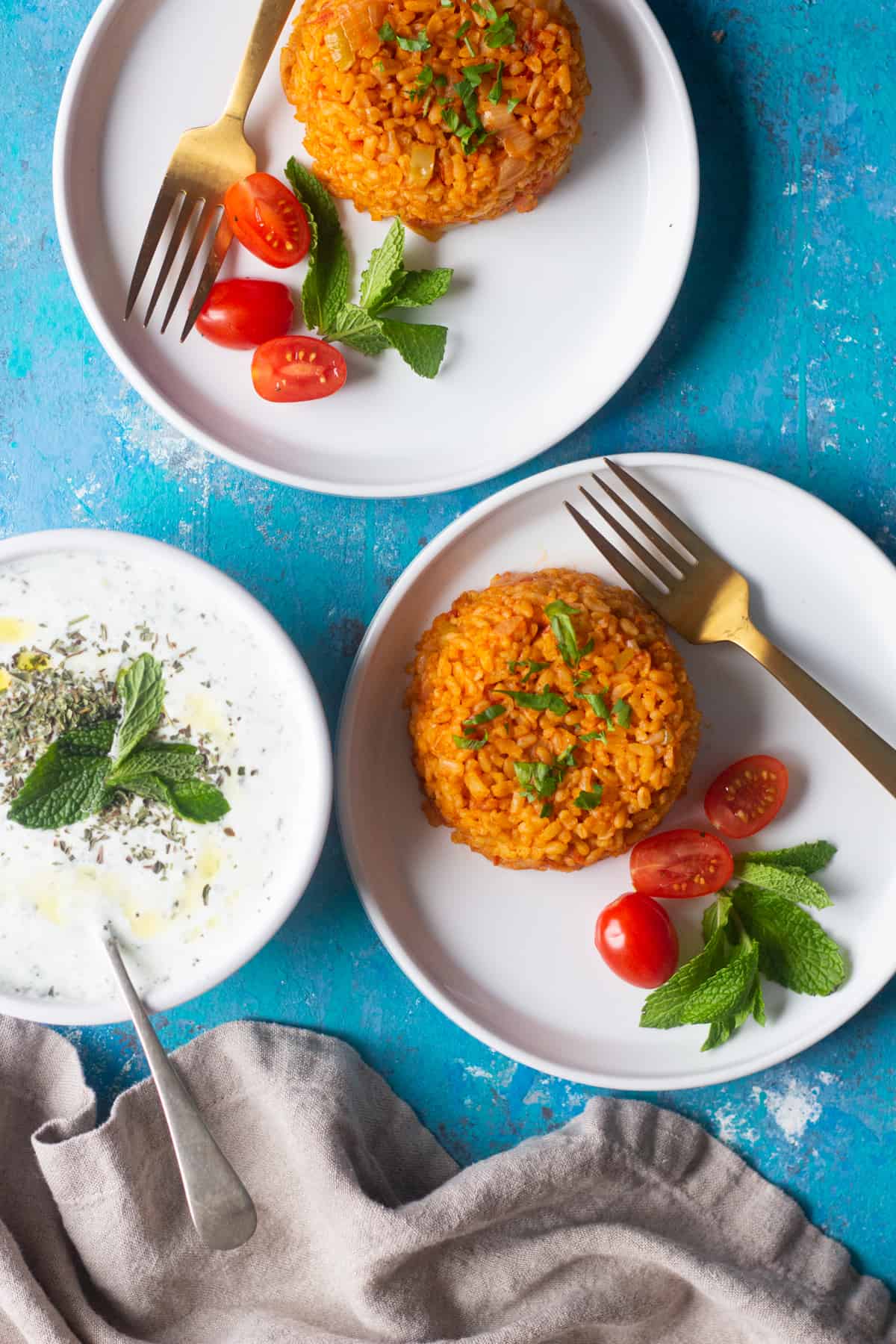
You’ve been loving our Turkish recipes and I’m happy to let you know that more are coming! If you’re new here, make sure to check out recipes such as Turkish white bean salad and lahmacun (Turkish pizza). And if you’re a baker, don’t miss out on our step-by-step tutorial on how to make simit, it’s a keeper. The recipe I’m sharing with you today is an all time favorite Turkish side dish called bulgur pilaf. It’s an easy dish that pairs well with many main dishes such as grilled chicken.
Table of Contents
About this recipe
Bulgur pilaf or as the Turks call it, bulgur pilavi, is a classic dish that’s made with just a few ingredients and is a staple of Turkish dinner tables. Every Turkish mom (anne) knows how to make it and it’s one of the first dishes a new cook will learn.
You can find bulgur pilaf in almost all Turkish restaurants. Many dishes such as doner plate come with a side of bulgur pilaf so usually there is no need to order it separately. With a little bit of yogurt, this dish is very comforting.
Everything you need to know about bulgur
Bulgur is made by parboiling whole wheat and drying it (usually in the sun), and then grinding it into various grain sizes from fine to coarse. Fine bulgur is usually used for salads such as Turkish bulgur salad (Kisir), tabouli or stuffed aubergine with bulgur. Coarse bulgur is usually used to make pilaf.
Since bulgur is almost pre-cooked, it takes less time to cook it compared to whole wheat. Bulgur has a nutty texture and flavor that makes it a great option for side and main dishes. It should be noted that bulgur should not be confused with cracked wheat. Cracked wheat is made from wheat when it’s not par-boiled.
How did bulgur become a staple in the Turkish kitchen? During the Ottoman era, rice was considered a luxury item that wasn’t available to everyone, leaving bulgur to be a staple in the Turkish kitchen. Up to this day, bulgur remains as a main ingredient in almost every Turkish home even though rice pilaf has become a staple as well.. Turkish cuisine offers so many ways to use coarse or fine bulgur such as using it to make side dishes, salads and even vegan “meatballs”.
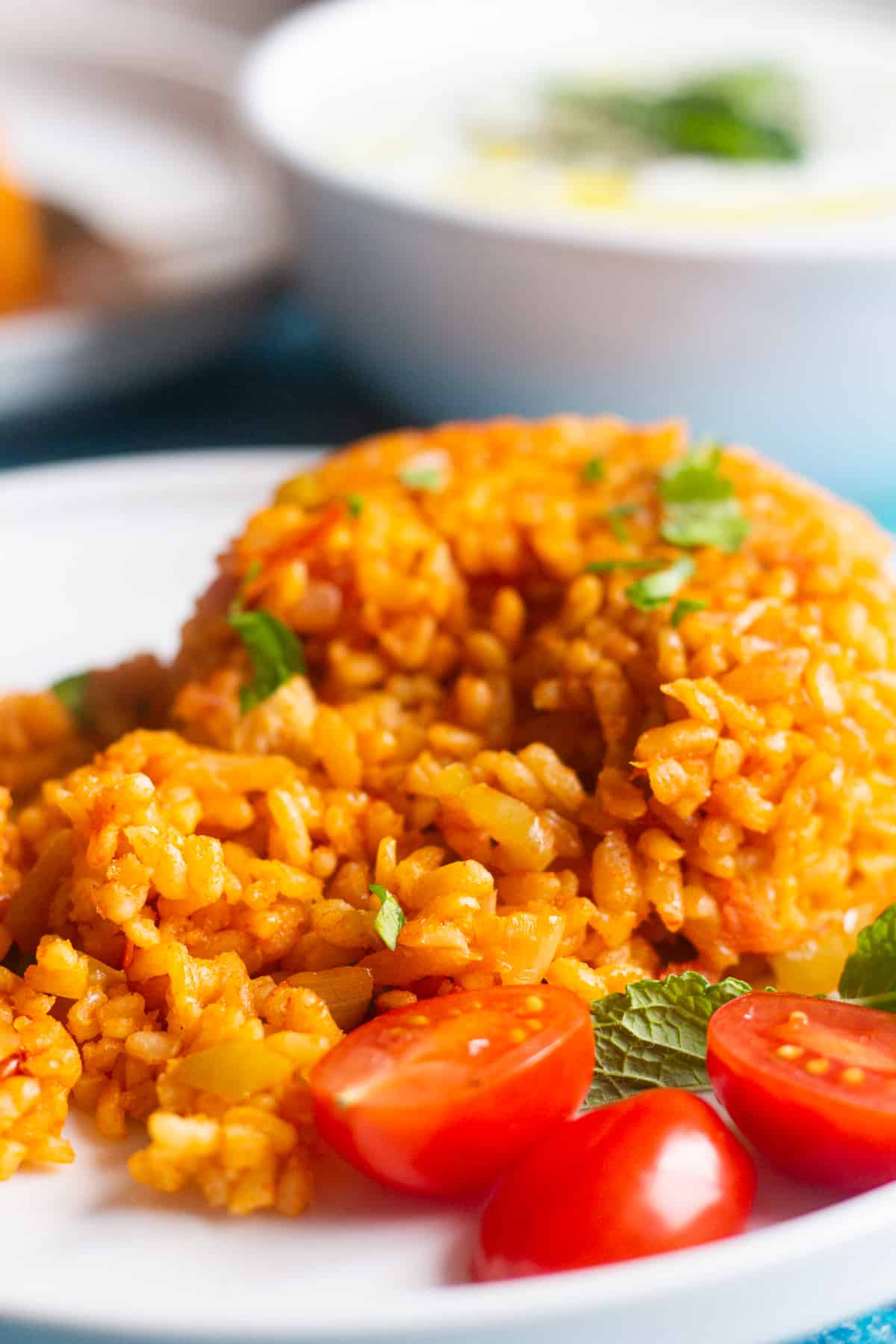
Is bulgur good for you?
Bulgur is very healthy and is packed with fiber and is a low calorie vegetarian and vegan staple in the kitchen. However, bulgur is not gluten-free since it’s made of whole wheat. If you are following a gluten-free diet, please keep that in mind.
Ingredients
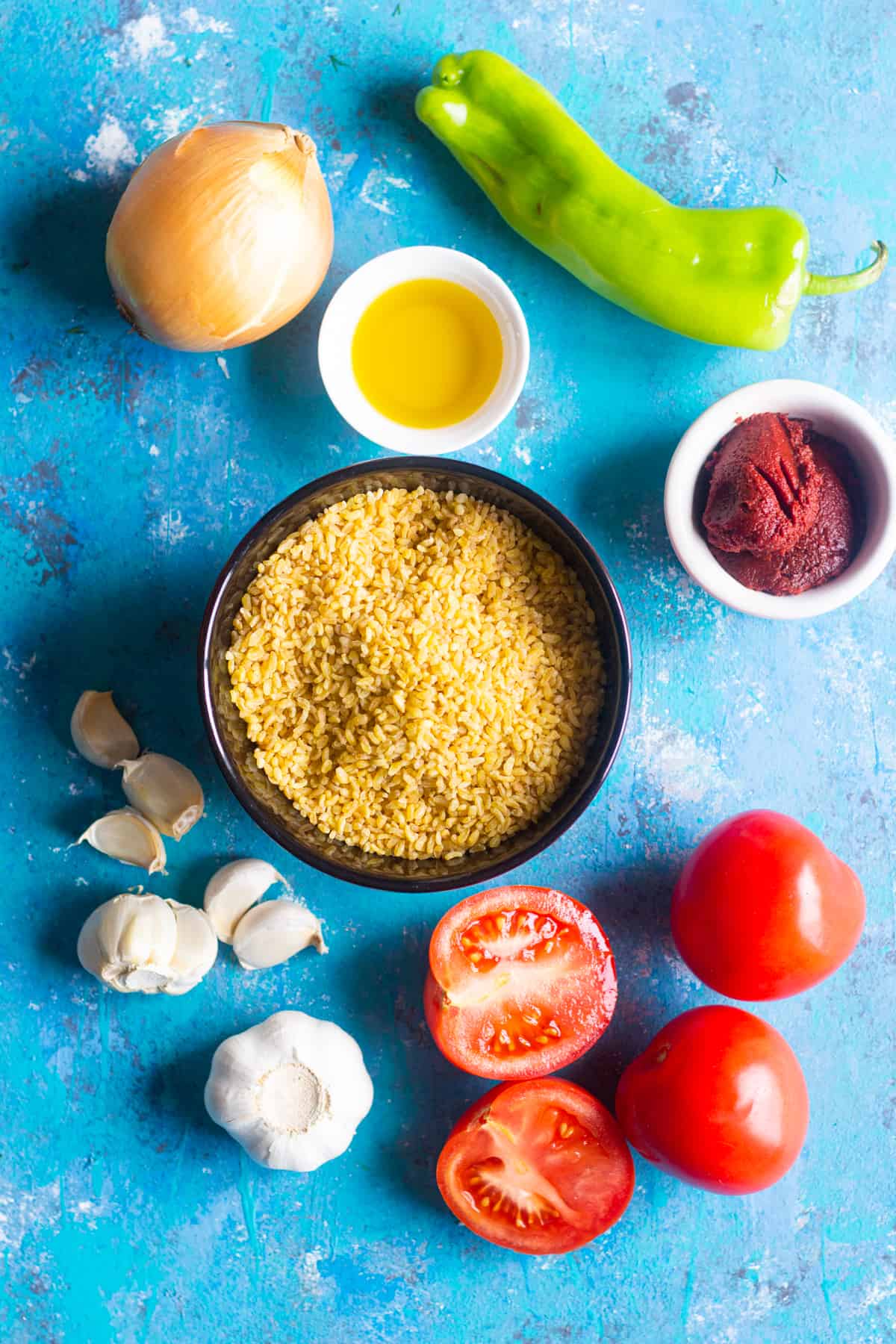
- Bulgur: As I mentioned above, we use coarse bulgur to make this recipe. the grains are larger and they take longer to cook compared to fine bulgur. You can find coarse bulgur in Middle Eastern or Mediterranean stores as well as many supermarkets.
- Vegetables: You are going to need onion, garlic, tomatoes and green peppers. Turkish people usually use Carliston pepper which is very similar to sweet banana pepper. However, if that’s not available, you can use Italian green pepper or simply green bell pepper.
- Tomato paste: A staple in Turkish cuisine, tomato paste adds both color and flavor to the dish.
How to make bulgur pilaf
- Heat the olive oil in a pot over medium heat. Wash the bulgur pilaf a few times and set it aside. Sauté chopped onion until translucent and then add in the garlic. Cook for a minute and add the green pepper. Cook on medium low for a few minutes until the pepper starts to soften and the onion starts turning brown.
- Add in the tomatoes and cook so they star releasing their juice. Add in the tomato paste, salt and pepper. Cooking tomato paste for a few minutes will help it release more color and flavor into the dish.
- Add in the washed bulgur and stir well so it’s equally distributed. Turn the heat to medium high and add the water. Once it starts simmering, put the lid on and let it cook on medium until the water is almost completely evaporated.
- Wrap the lid in a clean kitchen towel and place it back on the pot. Turn the heat to low and cook for another ten minutes. Turn the heat off, let the bulgur sit for 5 minutes then fluff it with a fork.

Serving suggestions
As you see in the photos, bulgur pilaf is usually served individually. Transfer some bulgur pilaf to a small bowl and press it well. Place a plate on top of the bowl and invert it. The bulgur pilaf will come out easily as one beautiful dome. Traditionally, bulgur pilaf is served with some plain yogurt or cacik as a meal on its own. However, you can also serve it as a hearty side dish with Turkish stuffed eggplant (karniyarik), grilled zaatar chicken, shish tawook, beyti kebab or beef shish kabob.
Frequently asked questions
Yes! Bulgur keeps very well therefore you can make it a couple of days in advance and simply heat it in a pot or in the microwave when you’re ready to serve.
Couscous and bulgur are two different items and there are some noteworthy differences. While there is only one size of couscous, bulgur comes in different grain sizes (from fine to extra coarse). Couscous is a staple of the North African kitchen and bulgur is a common item in Middle Eastern and some Mediterranean cuisines.
As mentioned before, bulgur is made from whole wheat but couscous is made from semolina which is husked and crushed wheat.
You can use a non stick saucepan or a Dutch oven for this recipe.
The flavors of this dish come from all the vegetables and the addition of salt and pepper. However, if you would like to jazz things up, add some Aleppo pepper (Pul Biber) to give it a kick.
Notes and tips
- As I mentioned before, bulgur comes in different sizes. To make Turkish bulgur pilaf, you should look for coarse bulgur. As for the color, you might see both light and dark varieties available. I suggest you choose the lighter one.
- Bulgur absorbs water as it cooks and it becomes fluffy. Check out the water while cooking the bulgur and add more water, 1/3 cup at a time if you feel that it’s not cooked yet.
- Instead of water you can use vegetable or chicken stock.
- Store the leftovers in an airtight container and refrigerate for up to 5 days. To reheat, simply microwave or heat on the stove top over medium low heat.
- You can always add more vegetables to bulgur such as mushrooms, corn or green peas.
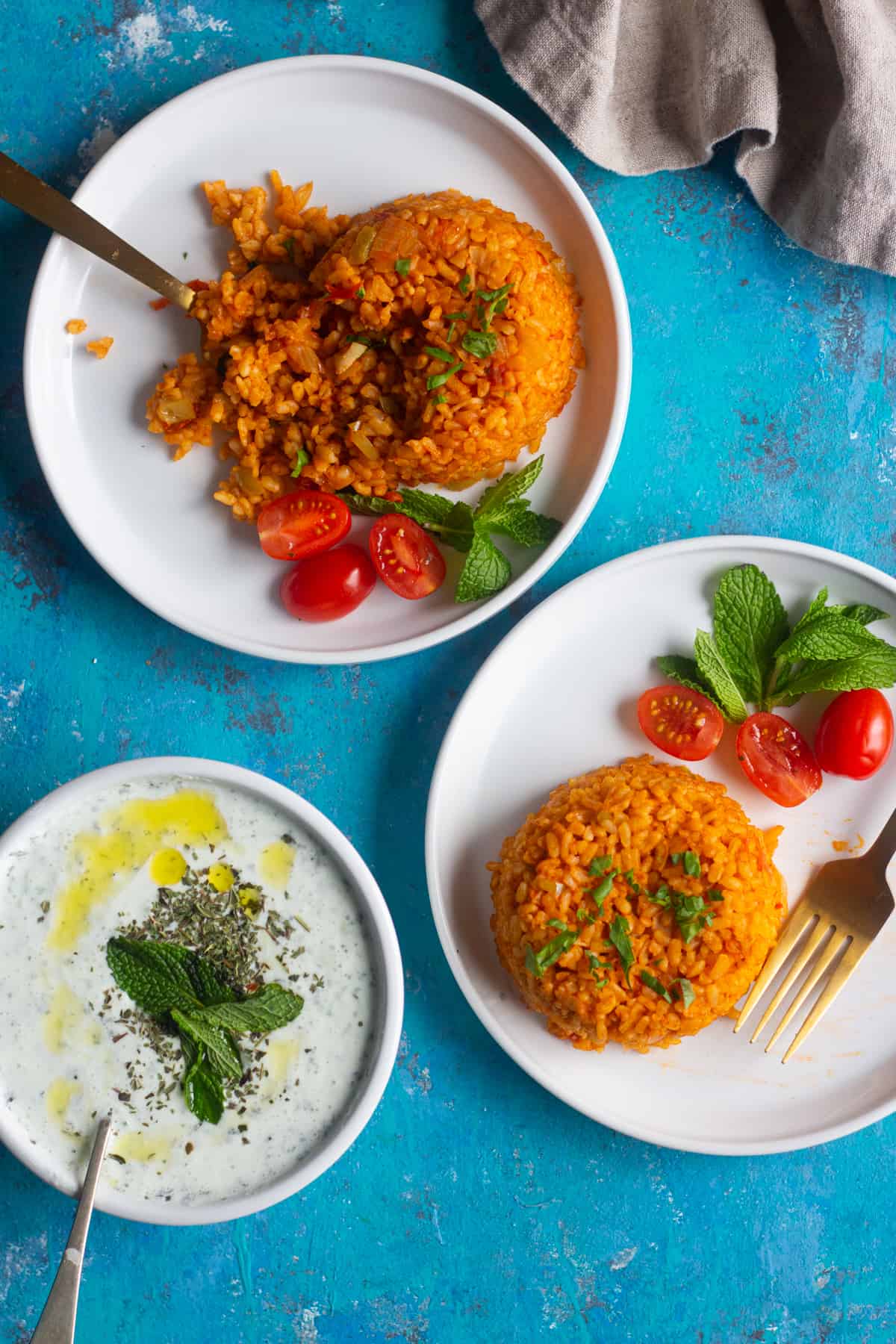
More Turkish recipes
All Recipes
Trilece (Turkish Milk Cake)
Basics
Turkish Spice Blend
Turkish Recipes
Beyti Kebab (Turkish Ground Meat Rolls)
Turkish Recipes
Chicken Doner Kebab
Did you make this recipe? I’d love to hear about it! Please comment and leave a 5-star🌟 rating below. You can also follow us on Instagram, Facebook, Pinterest or subscribe to our newsletter to get a free e-Cookbook!
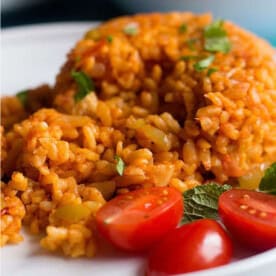
Turkish Bulgur Pilaf Recipe
Ingredients
- 2 cups bulgur, coarse
- 2 tbsp olive oil
- 1 large onion, diced
- 3 cloves garlic, minced
- 1 green pepper, diced
- 3 roma tomatoes, chopped
- 1 1/2 tbsp tomato paste
- 1/2 tsp salt
- 1/2 tsp black pepper
- 3 1/2 cup water
Instructions
- Place the bulgur in a bowl and rinse a few times. Set it aside.
- Heat the olive oil in a pot over medium heat. Sauté the onion until translucent and then add the minced garlic. Cook for a minute.
- Add in the diced green pepper and cook for a few minutes until it softens.
- Add in the chopped tomatoes and stir well. Cook until they start releasing their juice.
- Add the tomato paste and stir well so it combines with the other ingredients.
- Add the salt and pepper and add in the rinsed bulgur. Stir well.
- Turn the heat to medium high and add in the water. Once it comes to a simmer, lower the heat to medium, cover with a lid and cook for about 20-25 minutes until the water is almost completely evaporated.
- Wrap the lid in a clean kitchen towel and place it on the pot. Turn the heat to medium low and cook for another 10 minutes.
- Turn the heat off the let the bulgur sit for 5 minutes untouched, then fluff it with a fork and serve.
Video
Notes
- As mentioned before, bulgur comes in different sizes. To make Turkish bulgur pilaf, you should look for coarse bulgur. As for the color, you might see both light and dark varieties available. I suggest you choose the lighter one.
- Bulgur absorbs water as it cooks and it becomes fluffy. Check out the water while cooking the bulgur and add more water, 1/3 cup at a time if you feel that it’s not cooked yet.
- Store the leftovers in an airtight container and refrigerate for up to 5 days. To reheat, simply microwave or heat on the stove top over medium low heat.
- You can always add more vegetables to bulgur such as mushrooms, corn or green peas.
Nutrition
Nutrition information is automatically calculated, so should only be used as an approximation.
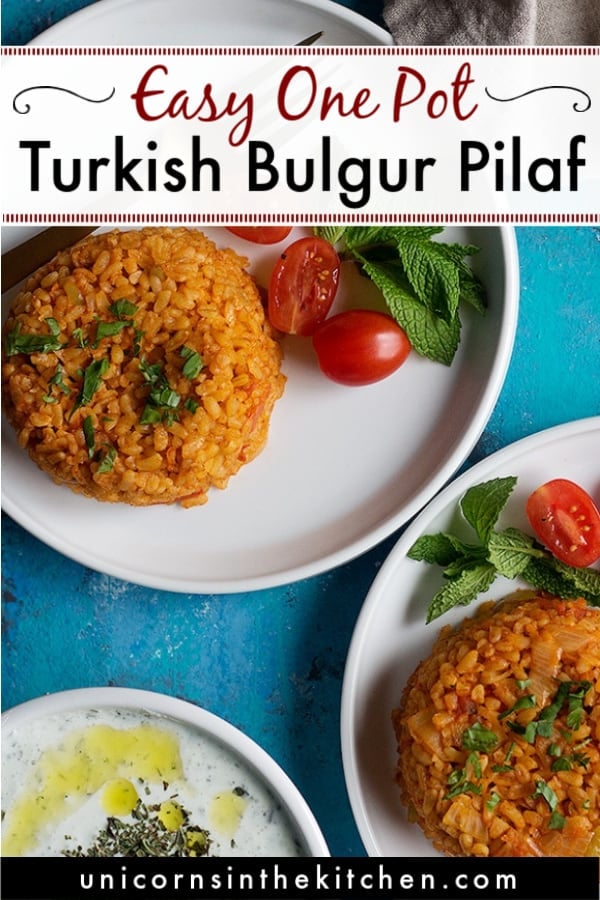
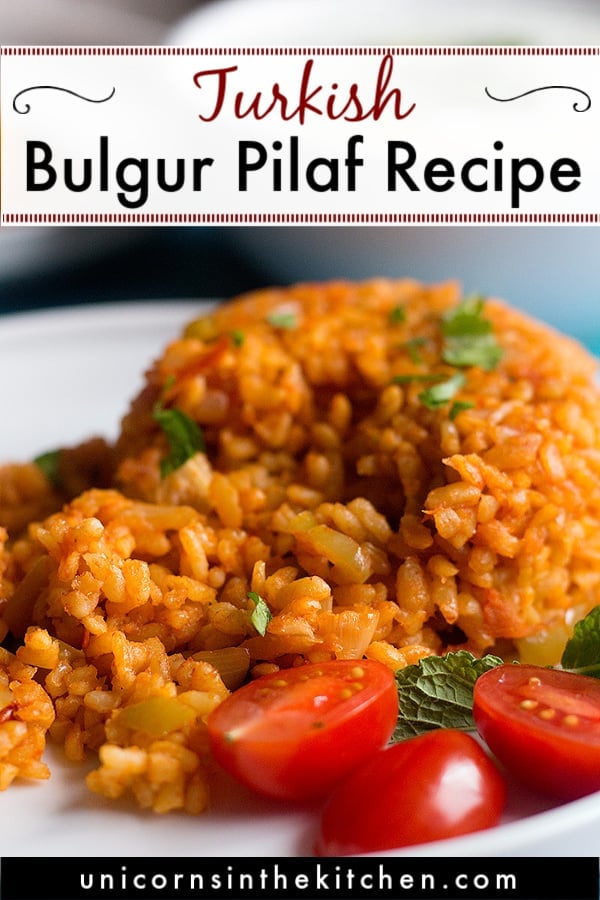
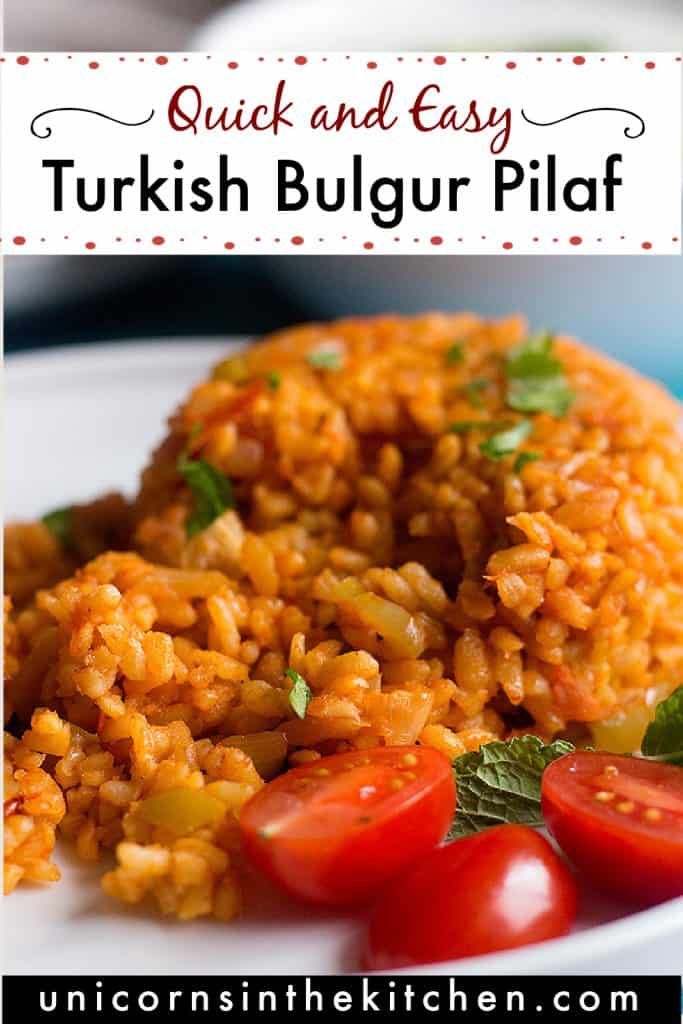
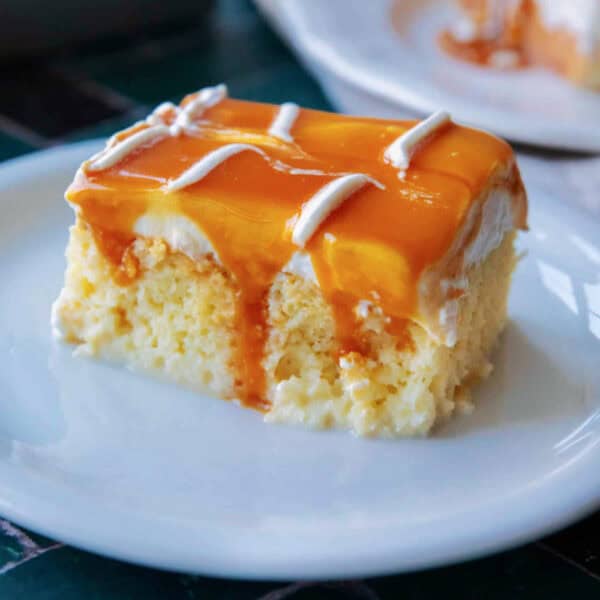


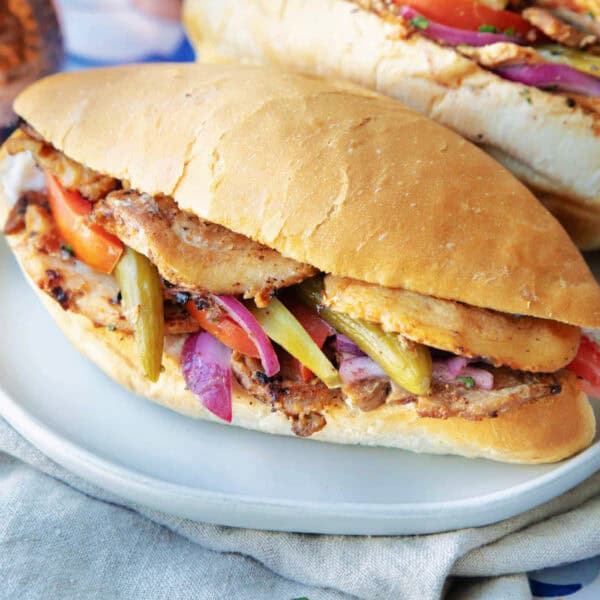

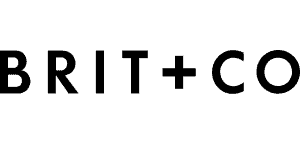

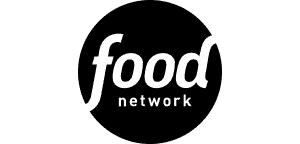





This turned out delicious. It went perfectly with Adana kebabs off the charcoal grill on the balcony. The bulgur tasted exactly the same as the ones I had during my trip to turkey! Thank you so much.
You are welcome! And I’m so happy you enjoyed the recipe!
Hi Shadi, thank you for posting this recipe, my family loved it.
امسال عید نوروز 1403 مهمان تبریز بودیم ؛ این غذارو اونجا برای اولین بار تست کردم ، بهش میگفتن یارما پیلاوی ، انقدر خوشمزه و لذیذ بود که شیفته ش شدم و امروز دنیال رسپیش گشتم ؛ خیلی خوشحالم که ی; خانوم جوان ایرانی این رسپی عالی رو منتشر کرده ؛ ممنونم برای آموزش شادی جان ، موفق باشید
Hi, This record looks delicious, I can’t wait to try it but I’m curious about why you wrap the lid in a towel before the cooking is complete? I watched the video but it wasn’t mentioned. Is it a necessary step? Thankyou
sorry auto correct, that should start by saying **This recipe!
Hi Emma, this is to prevent the steam to drip back into the bulgur and make it mushy. The towel will trap and absorb the steam coming of the bulgur.
Hi, if I use a Rice Cooker how much water (liquid) is needed and how long to cook?
I have not tested this recipe using a rice cooker therefore can’t give a correct answer.
This is a great healthy alternative to pasta. We made it for dinner tonight and added fresh baby spinach near the end, while it rested. It was delicious!
We love this rice at our house! Perfectly flavorful and pairs well with so many dinners!
This is a wonderful dish! I’ve only used bulgur in a few recipes, but so happy to have this as a “pasta alternative!” Love how easy it comes together, too!
I appreciate your directions and video to make this amazing Turkish bulgur pilaf. It is a perfect side dish to go with any meal.
I loved the texture and flavor of this pilaf! So good. We’ll definitely make this one again! Thanks for the recipe.